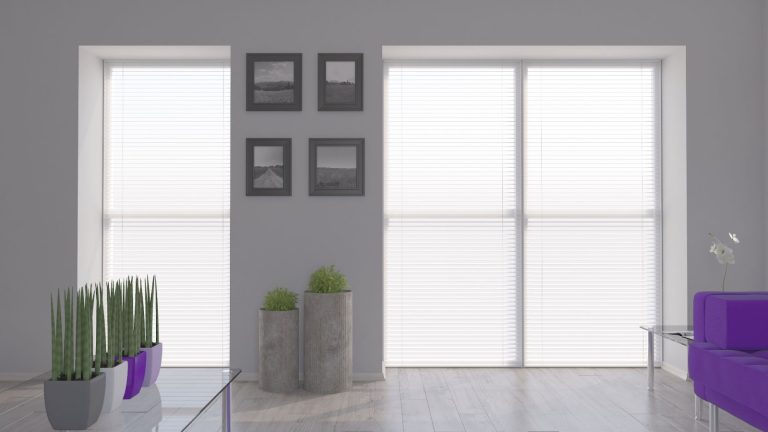What Are the Essential Features to Consider in Mobility Aids?
Mobility aids are devices designed to assist individuals with mobility impairments in moving from one place to another. These aids play a crucial role in enhancing the quality of life for people with disabilities, the elderly, and those recovering from injuries. Choosing the right mobility aid involves understanding various essential features that cater to the specific needs of the user. Here, we explore these features in detail, focusing on their importance and how they contribute to the overall effectiveness of mobility aids.
Unlocking Mobility: Key Features to Look for in the Perfect Aid
1. Type of Mobility Aid
Mobility aids come in various forms, each suited to different levels of mobility and specific conditions. The most common types include:
- Canes and Walking Sticks: Ideal for individuals with minor balance issues or slight weakness. They provide additional support and stability.
- Walkers and Rollators: Offer more stability than canes. Walkers are suitable for those who need support while standing and walking, while rollators, equipped with wheels, are for those who can walk but need additional balance and rest.
- Wheelchairs and Scooters: For individuals who cannot walk or have severe mobility impairments. Wheelchairs can be manual or electric, while scooters offer greater independence for outdoor activities.
- Crutches: Typically used for short-term injuries, crutches help redistribute weight from the legs to the upper body.
2. User’s Physical Condition
Understanding the user’s physical condition is critical in selecting an appropriate mobility aid. Factors to consider include:
- Strength and Endurance: For those with limited upper body strength, a manual wheelchair might not be suitable, whereas an electric wheelchair or scooter could be ideal.
- Balance and Coordination: Users with severe balance issues may benefit from a walker or rollator rather than a cane.
- Weight: Some aids have weight limitations. Ensuring the chosen device can support the user’s weight is essential for safety and durability.
3. Comfort and Ergonomics
Comfort is a significant factor, as mobility aids are often used for extended periods. Ergonomic design can prevent strain and injury. Features to look for include:
- Adjustable Height: Allows the user to set the device to a comfortable height, reducing strain on the back and arms.
- Padded Handles and Seats: Provide extra comfort, especially for users with conditions like arthritis.
- Seat Width and Depth: For wheelchairs and scooters, ensuring the seat is wide and deep enough for the user to sit comfortably is crucial.
4. Maneuverability and Ease of Use
A mobility aid should be easy to maneuver to ensure the user can navigate various environments. Consider:
- Wheel Size and Type: Larger wheels can handle rougher terrain, while smaller wheels are better for indoor use. Swivel wheels enhance maneuverability in tight spaces.
- Weight and Foldability: Lightweight and foldable devices are easier to transport and store, beneficial for active users who travel frequently.
- Control Mechanisms: For powered devices, intuitive controls are essential. Joystick controls are commonly used in electric wheelchairs, while scooters might have handlebar controls.
5. Safety Features
Safety is paramount when choosing a mobility aid. Essential safety features include:
- Brakes: Reliable braking systems are critical for preventing accidents. Rollators often have hand brakes, while wheelchairs have locking brakes.
- Stability: Wide bases and anti-tip features prevent the device from tipping over, enhancing user safety.
- Reflectors and Lights: For outdoor use, especially in low-light conditions, reflectors and lights improve visibility and safety.
6. Durability and Maintenance
The longevity of a mobility aid depends on its build quality and the materials used. Important considerations include:
- Material: Aluminum and carbon fiber are lightweight yet strong, making them ideal for frames. Steel is durable but heavier.
- Maintenance Requirements: Devices with fewer moving parts are generally easier to maintain. For powered devices, battery life and ease of recharging are important factors.
7. Cost and Insurance Coverage
The cost of mobility aids can vary widely. Factors affecting cost include the type of aid, materials used, and additional features. It’s important to consider:
- Budget: Determine a budget based on the user’s needs and financial situation. Some high-end devices offer advanced features but come at a higher cost.
- Insurance and Funding: Check if the user’s insurance covers mobility aids. Some organizations and programs offer financial assistance or funding for those in need.
8. User Independence and Lifestyle
The ultimate goal of a mobility aid is to enhance the user’s independence and quality of life. Consider how the device will integrate into the user’s lifestyle:
- Indoor vs. Outdoor Use: Some aids are better suited for indoor use, while others are designed for outdoor activities.
- Social and Recreational Activities: Choose a device that allows the user to participate in desired activities, whether it’s social events, shopping, or hobbies.
Conclusion
Selecting the right mobility aid requires a comprehensive understanding of the user’s specific needs and lifestyle. By considering the type of aid, the user’s physical condition, comfort, maneuverability, safety, durability, cost, and overall impact on independence, one can make an informed decision that significantly enhances the user’s mobility and quality of life. Each feature plays a crucial role in ensuring the mobility aid is not only effective but also aligns with the user’s daily requirements and long-term well-being.






